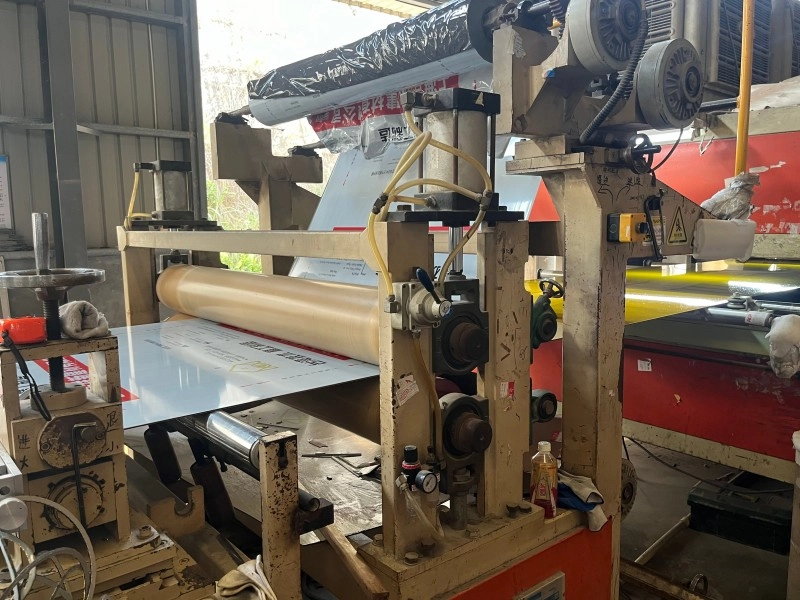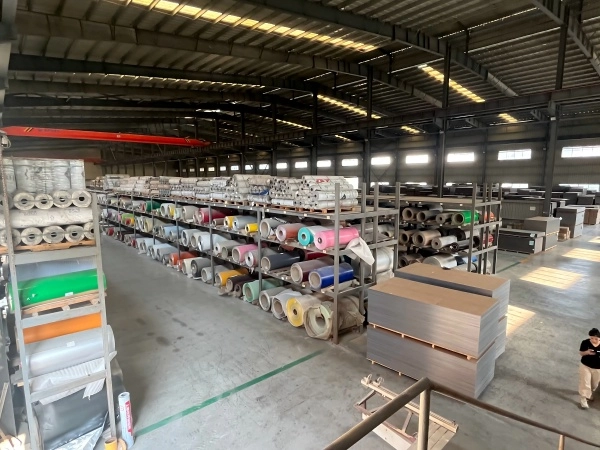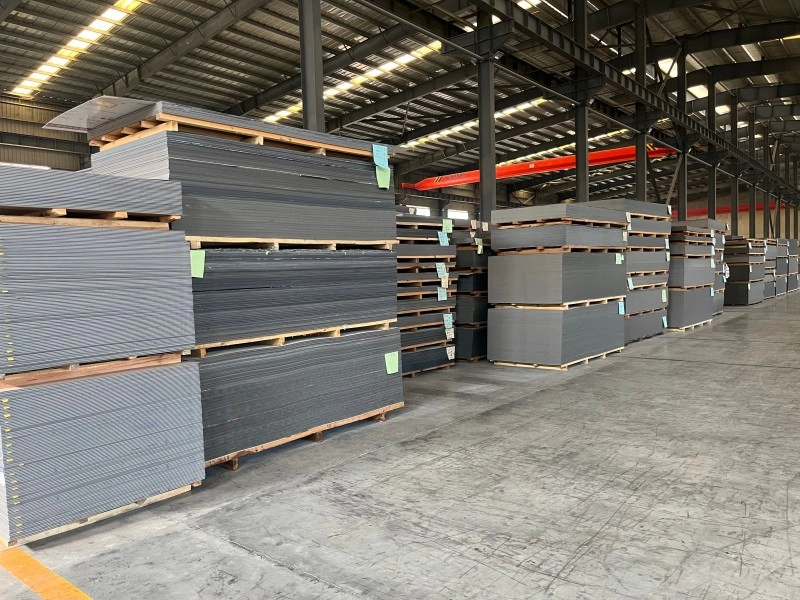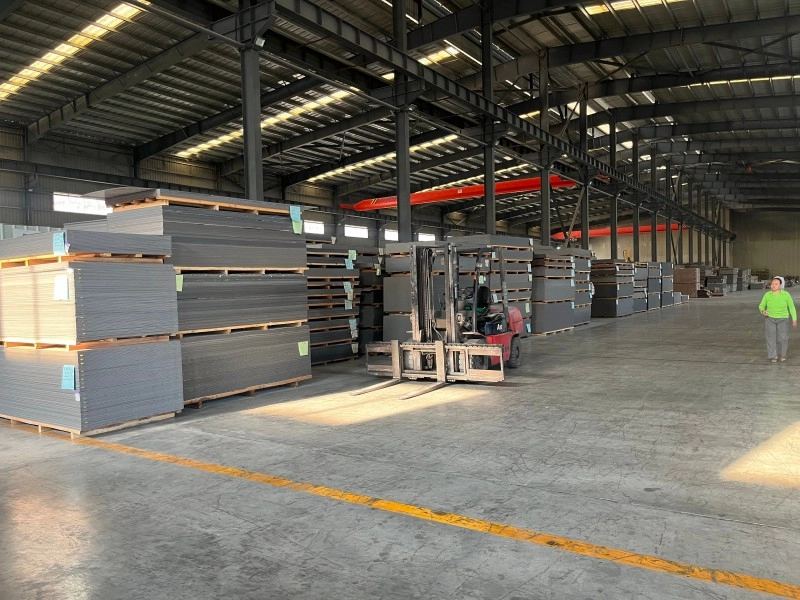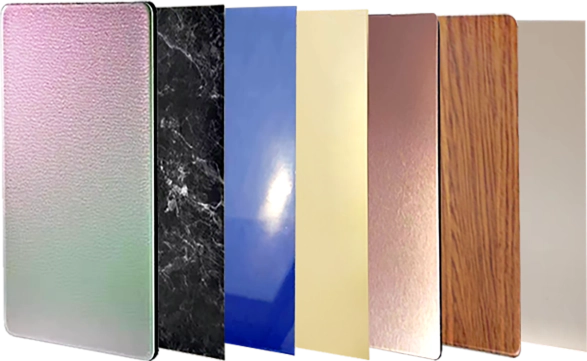Fire safety is a prime issue for the world’s construction industry. Particularly in high-rise buildings, transportation stations, and commercial areas, the flame retardancy of exterior wall decorative products is closely related to staff safety and building compliance. Used extensively as a material for exterior wall decoration and curtain walling, fireproof aluminum composite panels (Fireproof ACP) are also a favorite product in the construction industry thanks to their far greater fire resistance, light profile, and decorative properties. In this article, we will examine the requirements of fireproof aluminum composite panel compliance and offer a practical guide to selection so that building developers, constructors, and design institutes can identify the best solution that conforms to international requirements.
- What is a Fireproof Aluminum Composite Panel?
- Compliance Requirements for Fireproofing Materials in the Construction Industry
- Compliance Requirements for Application Scenario
- Advantages in Performance of Fireproof ACP
- Fireproof Aluminum Composite Panel Compliance Guide
- Shingkwang’s Fireproof ACP Solutions
- Conclusion
What is a Fireproof Aluminum Composite Panel?
Fireproof ACP is a decorative architectural panel consisting of a fireproof core material and an aluminum sheet. The prominent feature of this material is the use of a flame-retardant or non-flammable core material, increasing the fire resistance rating of the material considerably.
Structure: Fireproof core material + back panel + aluminum alloy panels
Fireproof core materials:
- B1 (flame-retardant): Automatically self-extinguishes when the source of the fire is cut off, for general exterior wall decoration.
- A2 (non-combustible): Practically non-combustible, meeting the high-performance demands of high-rise and public buildings.
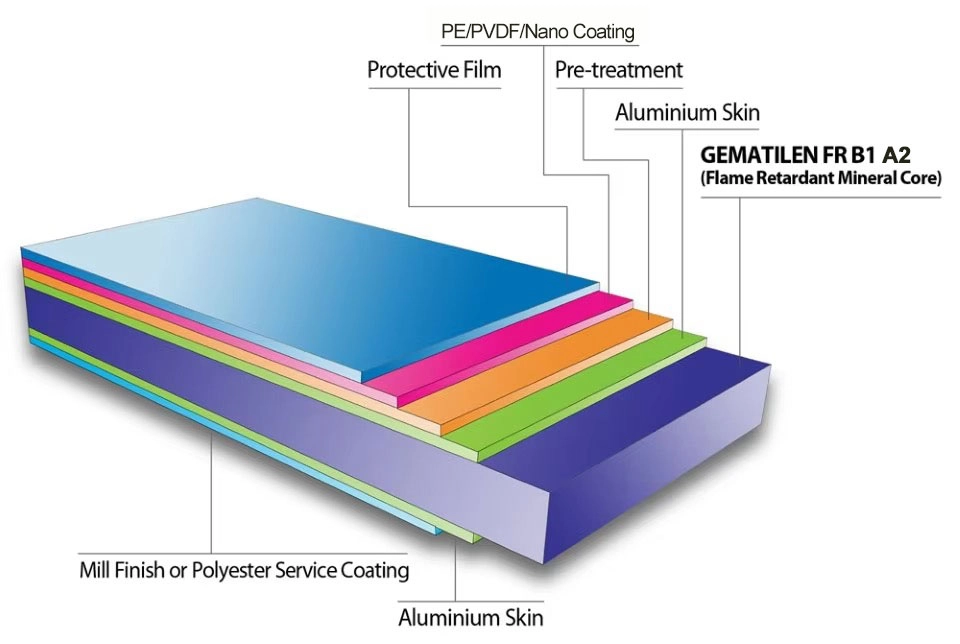
Comparison with normal ACP: Normal standard aluminum panels consist of polyethylene (PE) as core material, which is combustible and contravenes fire protection requirements. Fireproof ACP, on the other hand, achieves flame-retardant or non-combustible ratings through the application of special core materials and methods.
Compliance Requirements for Fireproofing Materials in the Construction Industry
Different countries and regions have different regulatory needs for building fireproofing products. While choosing an ACP, one must ask if it is an international standard-compliant with the following standards:

International Standards
- EN13501-1 (Europe): Classification of materials to different grades, i.e., A1, A2, B, and C.
- ASTM E84 (US): Flammability rating and smoke generation of material.
- NFPA 285 (US): Fire performance testing of exterior wall systems.
Chinese Standards
GB 8624-2012: Classifies materials by fire resistance levels, i.e., A, B1, and B2.
Compliance Requirements for Application Scenario
High-rise building curtain walls: Generally, they should be able to meet A2 fire requirements.
Public transportation facilities (subways, airports, tunnels): They require low smoke and non-toxicity, so A2-grade material is preferred.
Commercial buildings, schools, hospitals: Grade B1 or higher is recommended.
Tip: When buying, make sure to verify if the supplier offers a testing agency certification report.
Advantages in Performance of Fireproof ACP
Selecting a fireproof aluminum composite panels is not merely a matter of regulatory compliance; it’s also an investment in safety and durability in buildings.
Impeccable fire resistance: Successfully inhibits flame spread, lessening fire risk.
Environmental protection and safety: Low smoke, reducing personal harm.
Weather resistance and longevity: Alternatives to surface treatment are PVDF and nano-coating, which have UV resistance, anti-fouling, and self-cleaning.
Lightweight and easy installation: Lightweight reduces building loads and facilitates easier processing and installation.
Fireproof Aluminum Composite Panel Compliance Guide
The following are critical during project procurement and design phases:
Select a fire rating based on project requirements
- High-rise and public structures: Class A2 is ideal.
- General commercial and residential structures: Class B1 is ideal.
Combining building type and environment
- PVDF aluminum composite panel is used for heavily polluted or seashore environments.
- Non-toxic and low-smoke products are more desirable for public transport and hospitals.
Considering cost and long-term maintenance
Although Class A2 is more expensive, it has many advantages regarding long-term safety and conformity.
Selecting a reliable ACP panel supplier.
- International certifications (EN, ASTM, NFPA, GB) are offered.
- OEM/ODM services are available. Customized services to meet different finishes and specifications
Shingkwang’s Fireproof ACP Solutions
As a leading aluminum composite panel supplier, Shinkwang offers the full range of fire-resistant ACPs, such as grades B1 and A2, commonly used in overseas construction activities.
Compliance with International Standards: EN13501-1 certified, ASTM certified, GB certified.
Range of Finishes: PVDF coating, nano-coating, wood grain, high gloss, chameleon aluminum composite panel, etc.
Common Applications: Curtain walls of skyscrapers, airports, subway stations, and shopping complexes.
Custom Services: Tailor-made thickness, size, color, and surface finishes may be offered as per different project requirements.
Conclusion
Fireproof aluminum composite panels are not just a requirement for building compliance needs but are also essential to building safety and longevity. When selecting a fire-resistant ACP, key factors are fire rating, application context, and supplier qualification. Shinkwang offers a full range of fireproof ACPs meeting international regulations, enabling international partners to achieve secure, stable, and stunning building facade solutions. Contact us for specialty ACP products and quotations!

